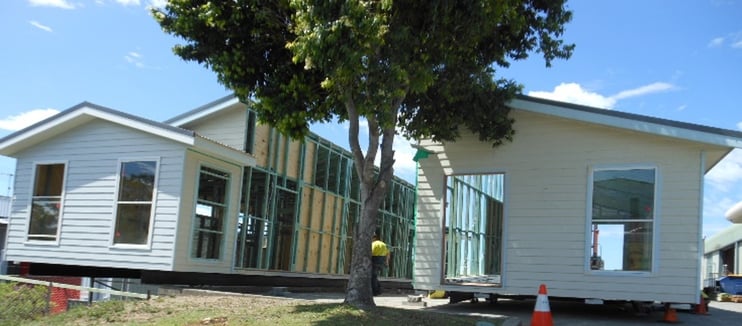Managing the costs of building a new home ...
Building a new home can be fun, exciting and challenging all in the one day.
It’s the project of a lifetime and a process to be embraced, however, it is important to keep an eye on costs. With such a large and ongoing project, it goes without saying that costs can easily blow out at any stage. If you’re unfamiliar with the process there are common costs along the way that can often be considered hidden or unexpected, therefore not allocated in the original budget. It’s important to do your research throughout your build journey, be organised and always plan-ahead.
 Here are a few things to look out for…
Here are a few things to look out for…
Optional Extras
As the process goes, the first evaluation of cost will likely be a rough estimate based on standard plans and inclusions. At this stage, it’s important to carefully evaluate the standard inclusions list to know whether your ‘needs vs wants’ are sufficiently being met. There may be a few items you need to upgrade, so make sure you factor this into your decision-making process and budget. Here's an example of standard inclusions.
Council Fees
Next up, is council process and fees. Once you have made a preliminary decision to progress to council approval with a chosen builder, you will be hit with a bunch of council fees that are unique to your property. This is beyond the builders control and solely dependant on your zoning, land and local council regulations. There is little you can do to avoid council fees, so again, it’s best you factor this into your ongoing budget and be prepared when these bills start rolling in.
Variations
Once you have received council approval, there may be mandatory variations to make to the plan or exterior e.g. a home classed as ‘flame zone’ will need upgraded building materials to suit this level of bush fire rating. It’s recommended you go with a builder that provides a complementary planning service, like Manor Homes, that way your Planning Manager will be able to give you an idea on suspected ratings, fees and DA requirements. Once your DA is approved and contract signed, try to avoid any further variations to the plan, as any changes made during the build can incur variation costs.
Onsite Preliminaries
With any luck, you purchased a lot in a housing estate with pre-DA approval (albeit not as charming as the Country-side or a unique slice of land), however council fees & variations are calmly kept at bay. There is, however, very little you can do to avoid onsite prelims when the time comes; these include site fencing, permits, worker facilities, safety compliance and signage. The best advice is to talk to your builder, get an idea on costs and allocate this well in advance.

In terms of steps you can take to avoid or manage these “hidden” costs, a good option is to consider a modular builder. This is a new and innovative means of building, a far cry different to the traditional methods we commonly see today.
Why modular, you ask? What’s unique about a modular builder is their ability to offer a “fixed” price due to the nature of which they build the home. You see, Modular homes are built in a quality-controlled factory and delivered to site for assembly and finishing touches. Meaning they have far greater control over things like weather, onsite costs, variations and even upgrades.
Check out Manor Homes to learn more about modular building, or download the info pack below. Beyond this, make sure your builder has a competitive list of inclusions, offers complementary planning services and transparency when it comes to onsite costs.



